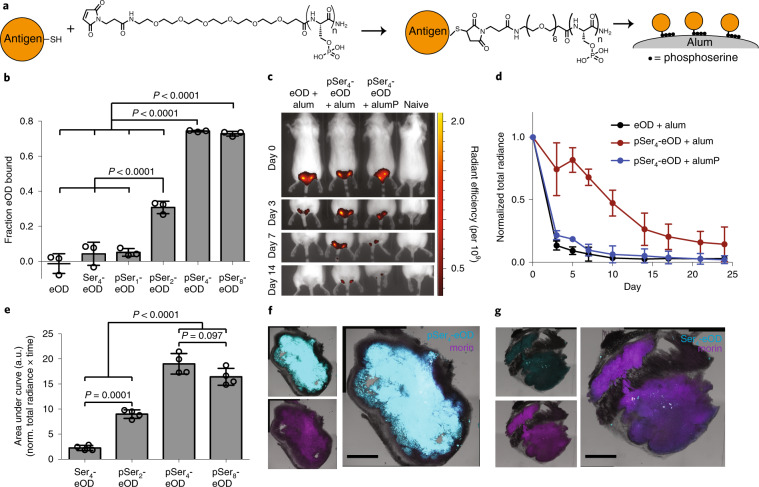Fig. 1. Phosphoserine affinity tags enable tunable binding of immunogens to aluminum hydroxide adjuvant.
a, Chemical structure of pSer peptide-polyethylene glycol (PEG) affinity tags for site-specific antigen modification. b, Unmodified or pSer-conjugated fluorescent eOD protein (10 µg ml−1) was mixed with Alhydrogel (100 µg ml−1) for 30 min, then incubated in PBS containing 10% mouse serum for 24 h, followed by fluorescence spectroscopy to measure protein remaining bound to alum. Center values represent mean and error bars represent s.d. (n = 3 samples per group). c,d, Fluorophore-labeled eOD or pSer4-eOD (10 µg of protein) was mixed with either Alhydrogel (100 µg of alum) or aluminum phosphate (alumP) adjuvant (100 µg), and injected s.c. in BALB/c mice (n = 4 animals per group) followed by longitudinal whole-animal in vivo imaging system (IVIS) imaging of fluorescence at the injection sites. Shown are example whole-animal images (c) and mean total radiance from groups of animals over time (d). Center lines and error bars represent mean and s.d., respectively. e, Fluorophore-labeled eOD proteins (10 µg of protein) conjugated with linkers containing 2–8 pSer residues were mixed with Alhydrogel (100 µg) and injected in BALB/c mice followed by IVIS imaging of injection sites over time, as in c (n = 4 animals per group). Total fluorescence area under the curve measured over 25 d was calculated. Center lines represent mean and error bars represent s.d. f,g, BALB/c mice (n = 3 animals per group) injected with eOD:alum or pSer4-eOD:alum, as in c, were killed 8 d after injection and immunization sites were analyzed by histology with morin staining to detect alum. Shown are representative injection site cross sections from animals receiving pSer4-eOD (f) or eOD (g) with morin in purple, eOD-AF647 in cyan and bright field in gray (scale bars, 1 mm). Statistical comparisons in b and e were made using one-way analysis of variance (ANOVA) followed by Tukey’s post hoc test.

